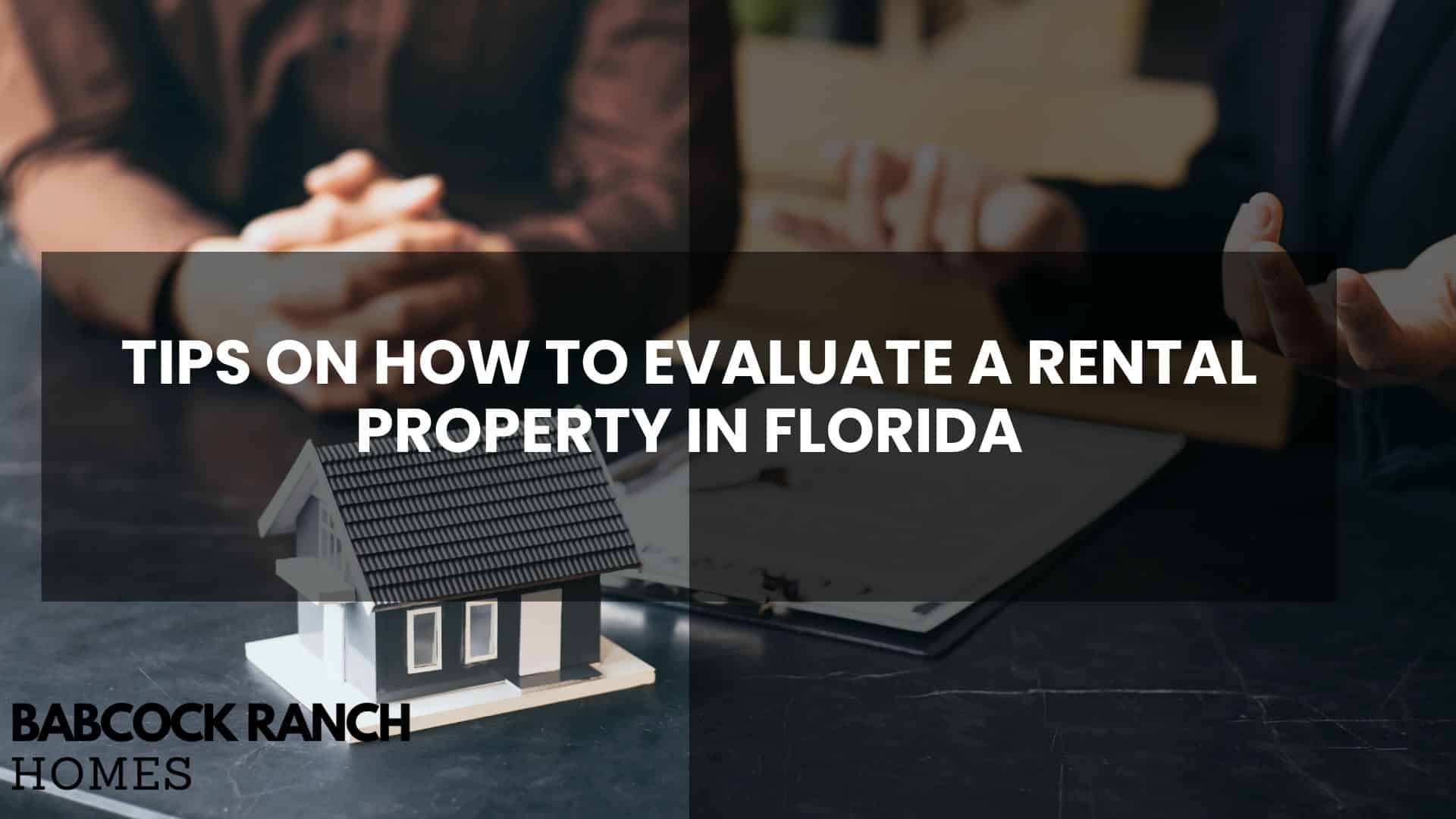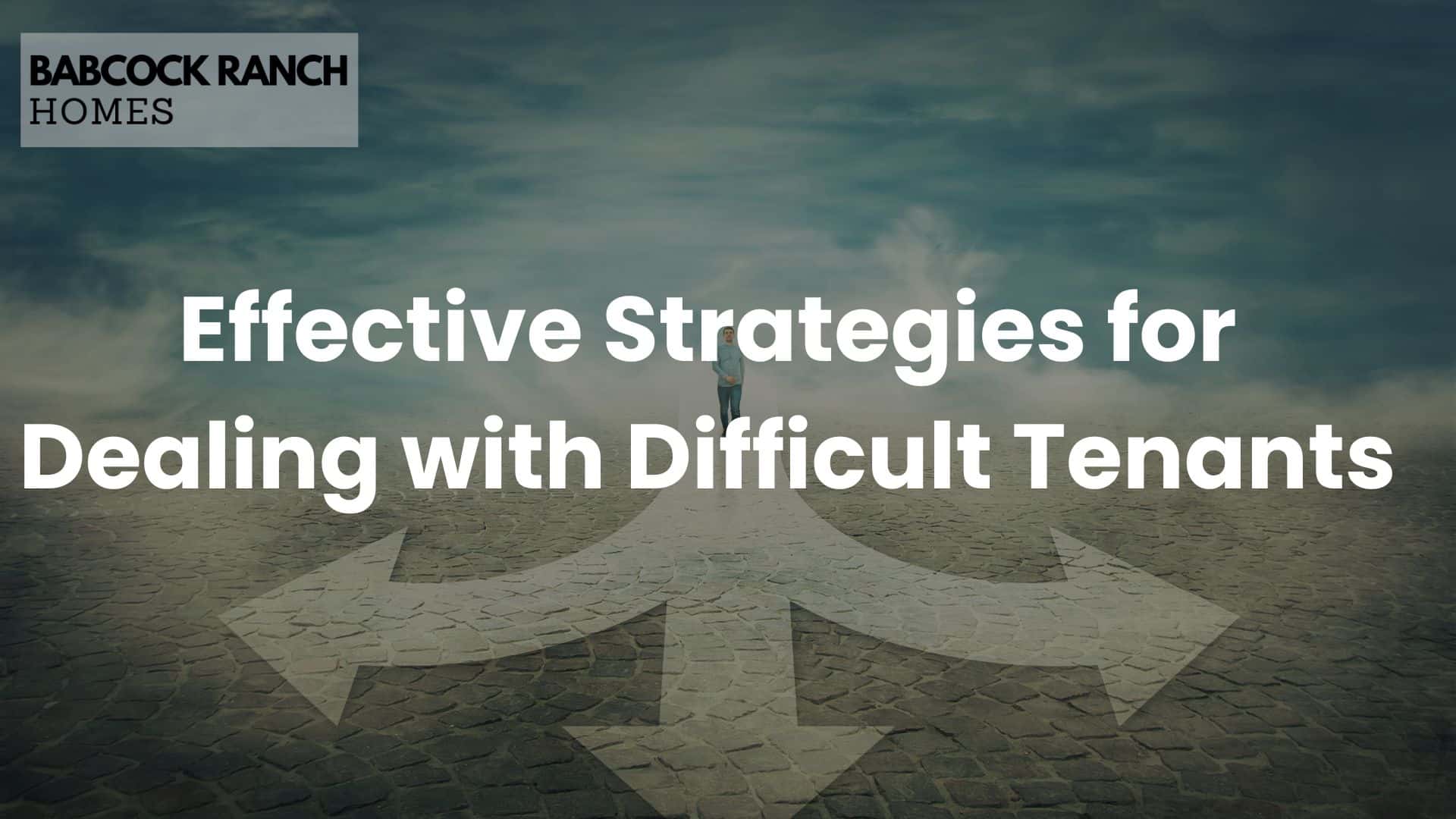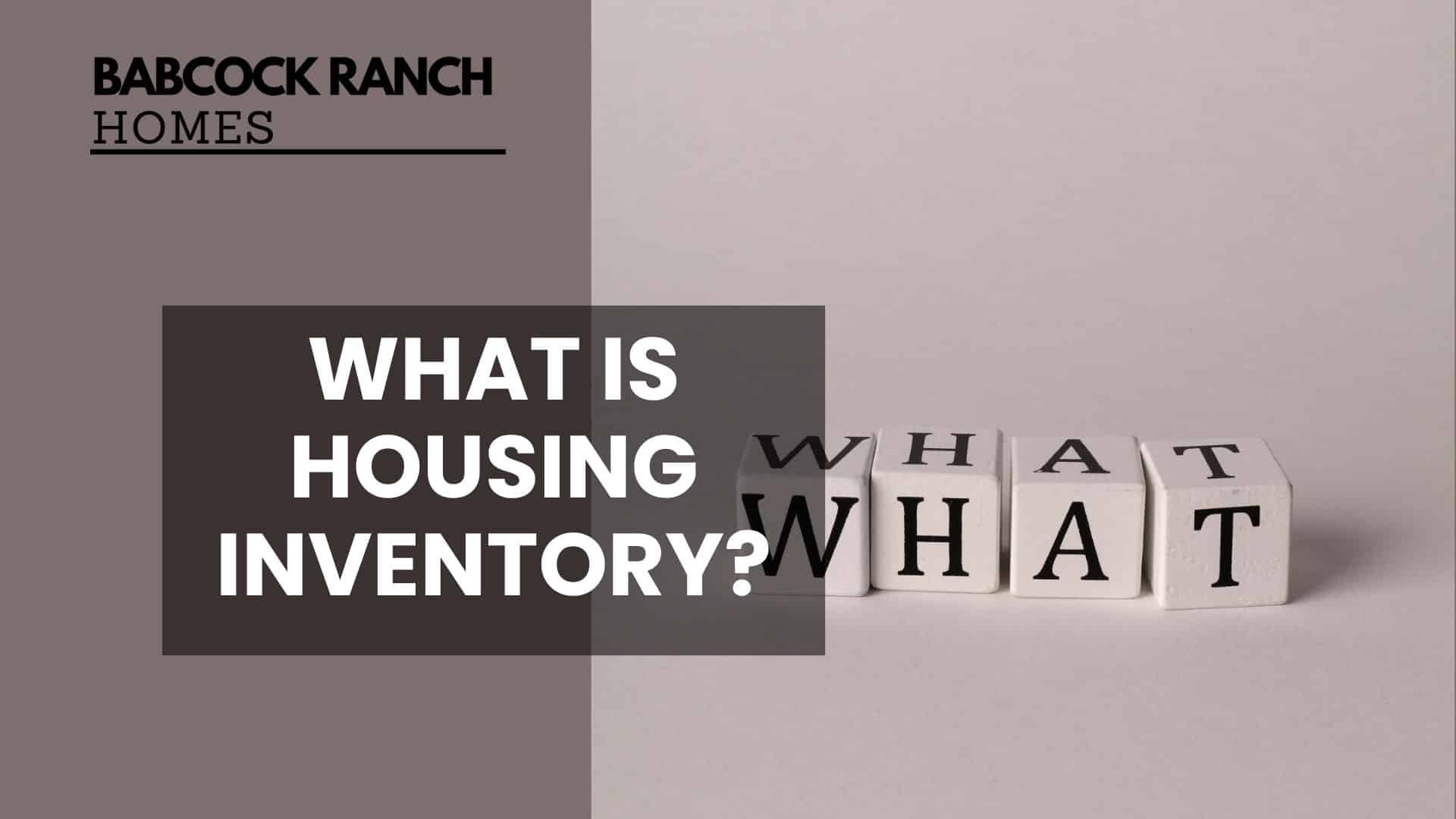Are you a commercial property owner unsure about insurance? This guide to Commercial Landlord Insurance covers the basics, types of coverage, and cost factors. You’ll learn how to choose the right policy and manage your insurance effectively. By understanding commercial landlord insurance, including general liability and casualty coverage, you’ll be better equipped to protect your investment and handle potential claims. This essential knowledge will help you make informed decisions and safeguard your property against unforeseen events.
Key Takeaways
- Commercial landlord insurance protects property investments from financial risks and tenant-related incidents
- Policy components include property coverage, liability protection, and loss of rental income compensation
- Location, property type, condition, and security measures significantly impact insurance costs
- Regular policy reviews and risk management strategies help maintain effective coverage and reduce claims
- Understanding legal obligations and industry changes is crucial for adapting insurance strategies effectively
Understanding the Basics of Commercial Landlord Insurance

Commercial landlord insurance safeguards property investments from financial risks. This coverage differs from residential policies, addressing specific needs of commercial properties. Essential components include protection for the building, furniture, and accidents. Understanding these basics helps landlords secure comprehensive property insurance policies, ensuring their investment is protected against various risks.
Defining Commercial Landlord Insurance
Commercial landlord insurance is a specialized form of business insurance designed to protect property owners who lease their buildings to other businesses. This comprehensive coverage safeguards against potential financial losses resulting from property damage, liability claims, and loss of rental income. Commercial property insurance typically includes protection for the building structure, contents, and liability coverage for injuries that occur on the premises. For additional protection, landlords may consider an umbrella policy to extend their coverage limits and provide extra security for their investment.
| Key Components | Description |
|---|---|
| Property Coverage | Protects building structure and contents |
| Liability Coverage | Covers injuries and legal claims |
| Loss of Rental Income | Compensates for lost rent due to covered events |
| Umbrella Policy | Extends coverage limits for added protection |
Key Differences From Residential Landlord Policies
Commercial landlord insurance differs significantly from residential policies, reflecting the unique risks associated with business properties. While residential policies focus on homes, commercial property coverage extends to diverse structures like warehouses and office buildings. The payment structure often varies, with commercial policies potentially requiring larger premiums due to higher property values and increased liability risks. Additionally, commercial landlords may need to consider specialized coverage options, such as fidelity bonds, to protect against employee theft or fraud, which are not typically necessary for residential properties.
Essential Components of Coverage
Commercial landlord insurance policies typically include several essential components to provide comprehensive coverage. General liability protection shields property owners from legal claims arising from injuries or property damage on the premises. Business interruption insurance safeguards against income loss due to covered events, ensuring cash flow during property repairs. Underwriting processes assess the specific risks associated with each commercial property, tailoring coverage to meet individual needs. The following table outlines key components of commercial landlord insurance:
| Component | Description |
|---|---|
| General Liability | Protects against legal claims for injuries or property damage |
| Business Interruption | Covers lost income during property repairs |
| Property Coverage | Insures the building and its contents |
| Customized Underwriting | Assesses specific risks for tailored coverage |
The Importance of Commercial Landlord Insurance for Property Owners

Commercial landlord insurance is crucial for protecting valuable real estate assets. It safeguards commercial property owners from financial risks associated with leasing spaces to businesses. This coverage offers protection against tenant-related incidents, natural disasters, and accidental damage. Understanding its importance helps landlords secure comprehensive policies that shield their investments and provide tax benefits.
Protecting Your Investment From Risks
Commercial landlord insurance provides essential protection for property investments against various risks, including natural disasters, water damage, and liability claims. Unlike standard home insurance, this specialized coverage addresses the unique needs of businesses, safeguarding commercial properties from potential financial losses. By securing comprehensive insurance, landlords can shield their assets from unforeseen events that could otherwise lead to significant expenses or business interruptions.
Liability Protection for Tenant-Related Incidents
Commercial landlord insurance provides crucial liability protection for tenant-related incidents, safeguarding property owners from potential risks and damages. This coverage extends to hazards that may arise from tenant activities, employee benefits issues, or accidents on the premises. Insurance brokers can help landlords select policies that offer comprehensive protection tailored to their specific needs, ensuring they are adequately covered for various scenarios:
| Liability Type | Description |
|---|---|
| Slip and Fall Accidents | Covers injuries sustained by visitors on the property |
| Property Damage | Protects against tenant-caused damage to the building |
| Legal Defense | Covers legal fees in case of lawsuits |
| Employee Benefits Liability | Protects against claims related to employee benefits administration |
Safeguarding Against Natural Disasters and Accidental Damage
Commercial landlord insurance offers vital protection against natural disasters and accidental damage, safeguarding property owners from financial losses due to events like hail storms, vehicle impacts, and floods. These policies typically cover the cash value of repairs or replacements, ensuring landlords can quickly restore their properties after unexpected incidents. By including comprehensive coverage for theft and other unforeseen events, property owners can maintain their investment’s value and minimize potential disruptions to their rental income.
Types of Coverage Available in Commercial Landlord Insurance

Commercial landlord insurance offers various coverage types to protect property owners. These include property damage coverage, liability protection, and loss of rental income compensation. Optional add-ons enhance policies with features like identity theft protection and surety bonds. Understanding deductibles, property coverage limits, and commercial general liability is crucial for comprehensive protection.
Property Damage Coverage Explained
Property damage coverage in commercial landlord insurance policies protects against physical harm to the building and its contents. This essential component covers repairs or replacements due to events like fires, storms, or vandalism. The policy typically accounts for depreciation, offering either actual cash value or replacement cost coverage. Property owners should carefully review their insurance policy to understand coverage limits and exclusions, ensuring adequate protection for their investment. This coverage also extends to slip and fall accidents, safeguarding landlords from potential liability claims.
Liability Coverage and Its Benefits
Liability coverage in commercial landlord insurance protects property owners from legal and financial consequences arising from injuries or property damage on their premises. This essential component of commercial insurance safeguards retail and other business property owners against claims of negligence or legal liability. Insurance companies offer various liability coverage options, ensuring landlords can tailor their policies to their specific needs. The benefits of liability insurance extend beyond financial protection, providing peace of mind and potentially attracting quality tenants who value a well-insured property:
- Protection against legal fees and settlements
- Coverage for injuries sustained by tenants or visitors
- Safeguarding against property damage claims
- Enhanced credibility and attractiveness to potential tenants
Coverage for Loss of Rental Income
Commercial landlord insurance often includes coverage for loss of rental income, protecting property owners from financial setbacks due to unexpected events. This coverage compensates landlords for lost rent when tenants cannot occupy the property due to covered incidents, such as fire or vandalism. For instance, if a fire hydrant malfunction causes water damage to a condominium unit, rendering it uninhabitable, the landlord can claim the actual cash value of lost rent during repairs. This essential protection helps maintain cash flow and financial stability for property owners, even when unforeseen circumstances disrupt normal operations.
Optional Add-Ons to Enhance Your Policy
Commercial landlord insurance policies offer various optional add-ons to enhance protection. Cyber insurance safeguards against digital threats, while additional coverage for roof damage can offset repair costs. Some insurers provide options to protect against loan defaults or extend fire coverage beyond standard limits. These add-ons, while increasing the overall cost of the policy, can provide crucial protection against specific risks faced by commercial property owners.
Factors That Influence the Cost of Commercial Landlord Insurance

Several factors influence commercial landlord insurance costs, including property location, type, condition, and security measures. Premiums are affected by fire safety standards, plumbing systems, and management practices. Understanding deductibles and policy limits is crucial for balancing coverage and costs. These elements impact overall risk assessment and pricing for commercial property insurance contracts.
Impact of Property Location and Type
The location and type of property significantly impact commercial landlord insurance costs. Properties in areas prone to natural disasters like wind storms or floods may face higher premiums due to increased risk. Similarly, the type of business property insurance required varies based on the building’s use, with retail spaces often needing different coverage than warehouses. Insurers also consider factors such as fire safety measures, security systems, and proximity to emergency services when determining rates. The following table outlines key location and property type factors affecting insurance costs:
| Factor | Impact on Insurance Cost |
|---|---|
| Natural Disaster Risk | Higher risk areas increase premiums |
| Property Use | Different uses require varied coverage |
| Safety Measures | Enhanced safety can lower costs |
| Emergency Services Proximity | Closer services may reduce premiums |
How Property Condition and Maintenance Affect Premiums
The condition and maintenance of a property significantly impact commercial landlord insurance premiums. Well-maintained buildings with up-to-date construction and safety features often qualify for lower rates, as they pose less risk to insurers. Landlords who regularly inspect and repair their properties, keeping detailed maintenance records, demonstrate responsible ownership to insurance providers. This proactive approach can lead to more favorable premium rates, especially when combined with modern inventory management systems that help prevent losses and damage to tenants’ belongings.
The Role of Security Measures in Lowering Costs
Implementing robust security measures can significantly lower commercial landlord insurance costs by reducing the risk of property damage and potential lawsuits. Real estate owners who invest in advanced security systems, such as surveillance cameras, alarm systems, and access controls, demonstrate a commitment to protecting their property and tenants. Insurance providers often offer discounts for these proactive measures, recognizing their effectiveness in deterring theft, vandalism, and other criminal activities. Additionally, enhanced security can help prevent accidents and injuries on the premises, further reducing the likelihood of property insurance claims:
- Install surveillance cameras and alarm systems
- Implement secure access controls
- Maintain proper lighting in and around the property
- Conduct regular security assessments
- Train staff on security protocols
Understanding Deductibles and Policy Limits
Deductibles and policy limits play a crucial role in determining commercial landlord insurance costs. Higher deductibles typically lead to lower premiums, as the landlord assumes more financial responsibility in the event of a claim. Conversely, higher policy limits provide greater coverage but often result in increased premiums. Commercial property owners must carefully balance these factors to achieve optimal protection while managing costs effectively. Understanding the interplay between deductibles, policy limits, and premiums enables landlords to make informed decisions when selecting insurance coverage for their properties.
How to Choose the Right Commercial Landlord Insurance Policy

Selecting the right commercial landlord insurance policy involves assessing specific coverage needs, comparing quotes from multiple providers, evaluating insurer reliability, and understanding policy terms. This process ensures property owners obtain comprehensive protection tailored to their unique risks and requirements. By carefully considering these factors, landlords can secure optimal coverage for their commercial properties.
Assessing Your Specific Coverage Needs
Assessing specific coverage needs for commercial landlord insurance requires a comprehensive evaluation of property risks and potential liabilities. Landlords should consider factors such as building age, location, tenant types, and property value when determining necessary coverage levels. A thorough risk assessment can help identify potential gaps in protection and guide decisions on policy limits and deductibles. The following table outlines key considerations for assessing coverage needs:
| Factor | Consideration |
|---|---|
| Property Value | Determine replacement cost vs. actual cash value |
| Location Risks | Assess natural disaster probability and crime rates |
| Tenant Activities | Evaluate potential liability based on business types |
| Building Features | Consider age, construction materials, and safety systems |
Comparing Quotes From Multiple Insurance Providers
Comparing quotes from multiple insurance providers is crucial for securing the best commercial landlord insurance policy. Property owners should obtain quotes from at least three reputable insurers, ensuring each proposal covers similar risks and limits for accurate comparison. When evaluating quotes, landlords should consider factors beyond price, such as coverage exclusions, deductibles, and additional benefits offered. The following table outlines key elements to compare across insurance quotes:
| Comparison Factor | Description |
|---|---|
| Coverage Limits | Maximum amount insurer will pay for claims |
| Deductibles | Out-of-pocket expenses before coverage applies |
| Policy Exclusions | Specific risks or events not covered |
| Additional Benefits | Extra features or services included |
Evaluating the Reputation and Reliability of Insurers
Evaluating the reputation and reliability of insurers is crucial when selecting a commercial landlord insurance policy. Property owners should research the financial stability of potential insurers by checking their ratings from independent agencies like A.M. Best or Standard & Poor’s. Additionally, examining customer reviews and claims processing efficiency can provide valuable insights into an insurer’s reliability. Landlords should also consider the insurer’s expertise in commercial property coverage, as specialized knowledge can result in more tailored and comprehensive protection for their investments.
Reading and Understanding Policy Terms and Exclusions
Thorough examination of policy terms and exclusions is crucial when selecting commercial landlord insurance. Property owners should carefully review coverage limits, deductibles, and specific exclusions to ensure their policy aligns with their needs. Understanding these elements helps landlords identify potential gaps in coverage and make informed decisions about additional protections. Key areas to focus on include:
| Policy Element | Importance |
|---|---|
| Coverage Limits | Determines maximum payout for claims |
| Deductibles | Affects out-of-pocket expenses |
| Exclusions | Identifies uncovered risks |
| Additional Riders | Provides extra protection for specific risks |
Tips for Managing and Maintaining Your Commercial Landlord Insurance

Effective management of commercial landlord insurance involves regular policy reviews, implementing risk management strategies, understanding claim filing processes, and staying informed about legal obligations. These practices help property owners maintain adequate coverage, reduce risks, and navigate the insurance landscape efficiently. By following these tips, landlords can optimize their insurance protection and adapt to industry changes.
Regular Policy Reviews and Updates
Regular policy reviews and updates are essential for maintaining effective commercial landlord insurance coverage. Property owners should conduct annual assessments of their insurance policies to ensure they reflect current property values, tenant activities, and potential risks. These reviews provide opportunities to adjust coverage limits, add or remove endorsements, and address any changes in legal requirements or industry standards. By staying proactive with policy management, landlords can avoid coverage gaps and optimize their protection against evolving risks in the commercial real estate market.
Implementing Risk Management Strategies
Implementing effective risk management strategies is crucial for commercial landlords to minimize potential insurance claims and maintain favorable premiums. Property owners should conduct regular safety inspections, promptly address maintenance issues, and implement robust security measures to reduce the likelihood of accidents or property damage. Additionally, developing clear communication protocols with tenants and establishing thorough lease agreements can help mitigate risks associated with tenant activities and potential disputes.
How to File a Claim Effectively
Filing a claim effectively is crucial for commercial landlords to ensure prompt and fair compensation. Property owners should document all damages thoroughly, including photographs and detailed descriptions, and report the incident to their insurance provider immediately. It’s essential to follow the insurer’s specific claim filing procedures and provide all requested information promptly. The following table outlines key steps for effective claim filing:
| Step | Action |
|---|---|
| 1. Document Damage | Take photos and write detailed descriptions |
| 2. Report Incident | Contact insurance provider immediately |
| 3. Follow Procedures | Adhere to insurer’s specific claim filing process |
| 4. Provide Information | Submit all requested documents promptly |
Staying Informed About Legal Obligations and Industry Changes
Staying informed about legal obligations and industry changes is crucial for commercial landlords to maintain adequate insurance coverage. Property owners should regularly consult with legal professionals and industry experts to understand evolving regulations and market trends that may impact their insurance needs. By attending industry conferences, subscribing to relevant publications, and participating in professional associations, landlords can stay ahead of changes in insurance requirements and best practices. This proactive approach helps ensure compliance with legal obligations and enables landlords to adapt their insurance strategies effectively:
| Information Source | Benefits |
|---|---|
| Legal Consultations | Understanding regulatory changes |
| Industry Conferences | Networking and learning about trends |
| Professional Publications | Staying updated on market developments |
| Industry Associations | Access to resources and expert advice |
Conclusion
Commercial landlord insurance is a vital safeguard for property owners, protecting their investments from financial risks associated with leasing spaces to businesses. This comprehensive coverage addresses unique commercial property needs, including protection against property damage, liability claims, and loss of rental income. By understanding the various types of coverage available, assessing specific needs, and comparing policies from reputable insurers, landlords can secure optimal protection tailored to their properties. Regular policy reviews, effective risk management strategies, and staying informed about legal obligations ensure that commercial landlords maintain adequate coverage and navigate the complex insurance landscape efficiently.




















